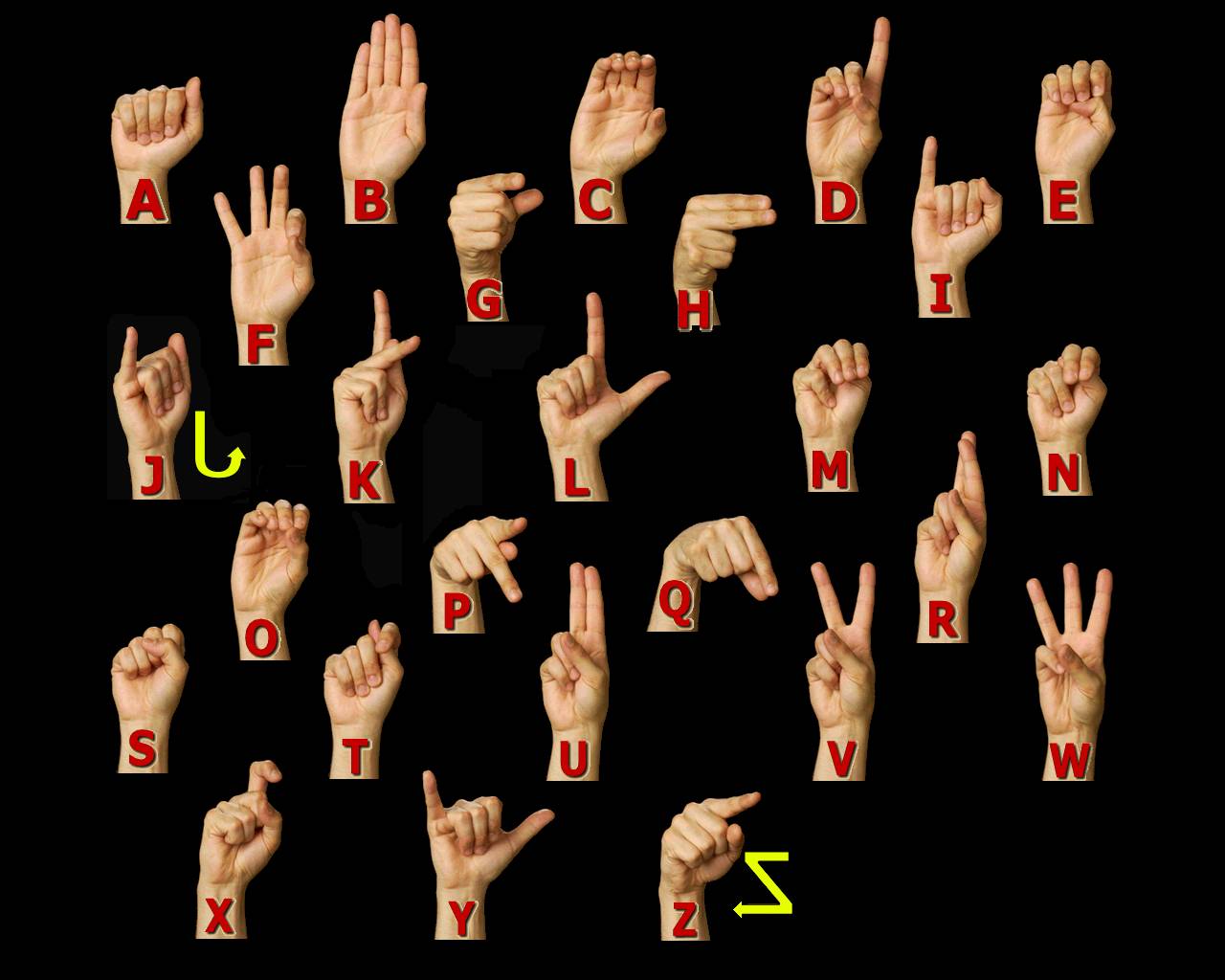By Daniel Haney | 33 U. ARK. LITTLE ROCK L. REV. 465 (2010).
(2010).
Many football teams and stadiums (or any other live entertainment venue for that matter), do not provide captioning or similar accommodations to deaf fans and spectators. With the advancing technologies in communications that are constantly emerging and the regulations that the Americans with Disabilities Act (ADA) contains, live entertainment venues should not deny the deaf equal enjoyment of any entertainment that the venue can reasonably make accessible. Although the deaf have succeeded some in using the legal system to expand captioning to more live entertainment venues, the expansion has not been widespread and the legal instructions regarding this expansion have been limited.
This note explores the likely arguments that the deaf may bring though Title II and Title III of the ADA to acquire captioning at live entertainment events, as well as the outcomes these arguments will likely produce. Part II of the not charts the history and functions of captioning, the struggles and progress the deaf have had in obtaining captioning for areas of entertainment including television and movies, the history and functions of Title II and Title III of the ADA, and the recent struggles deaf individuals have incurred in requesting captioning at live entertainment. Part III discusses the available technologies that stadiums, arenas, and other venues may use to provide the deaf with equal access to their entertainment, the deaf community’s rights under Title II and Title II of the ADA, the arguments they provide in favor of the deaf community’s access to captioning, and the arguments they may provide state and private entities as to why they may not be required to provide captioning for the deaf. Part IV concludes that through Title II and Title II of the ADA, and through current technology, captioning should expand to provide the deaf with equal access to stadiums, arenas, and other entertainment venues.